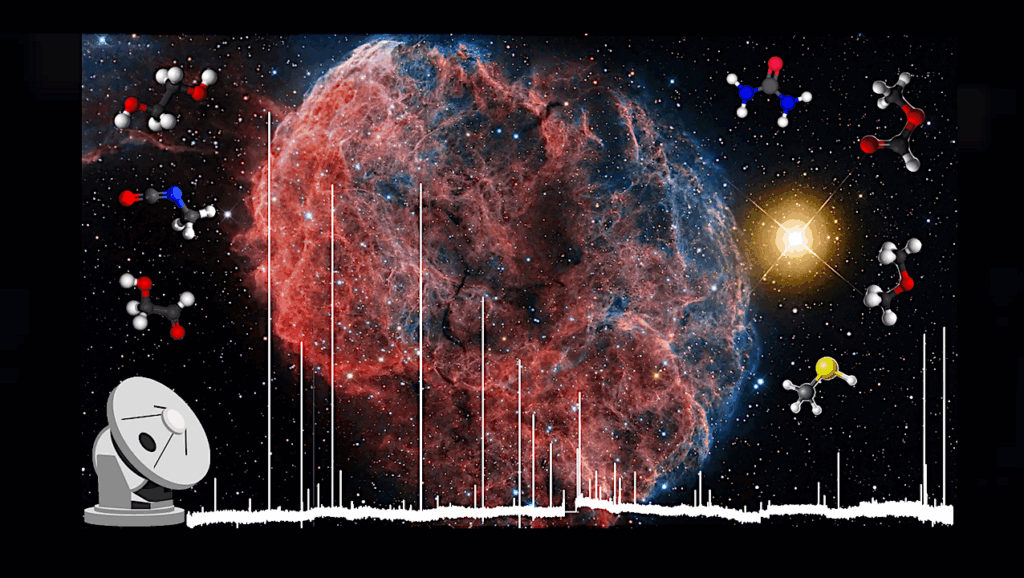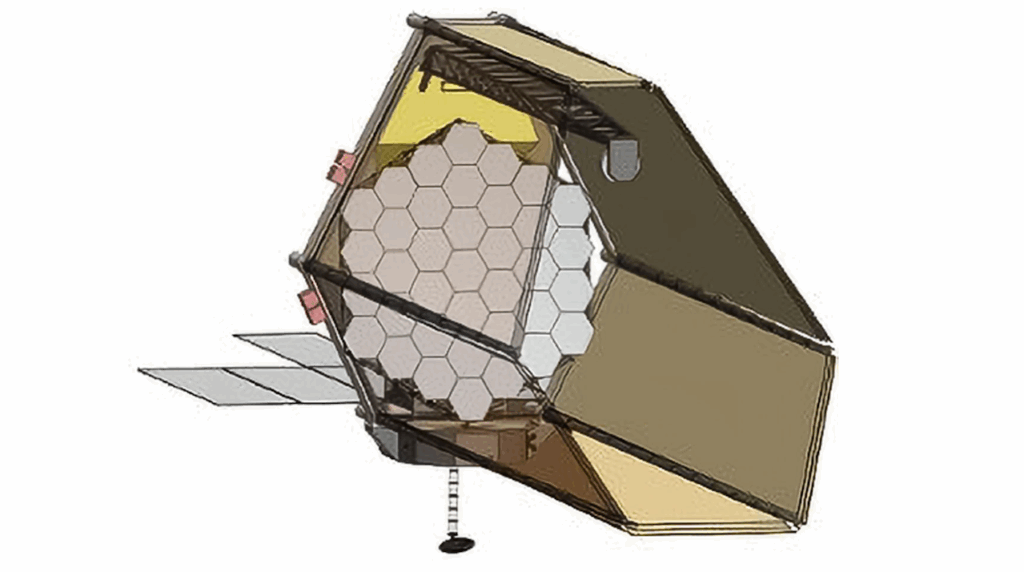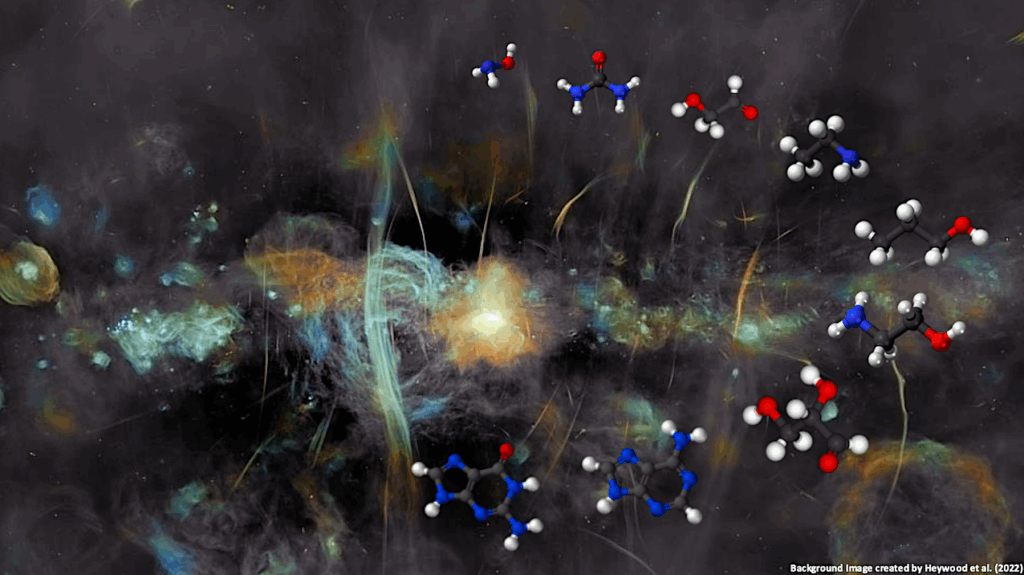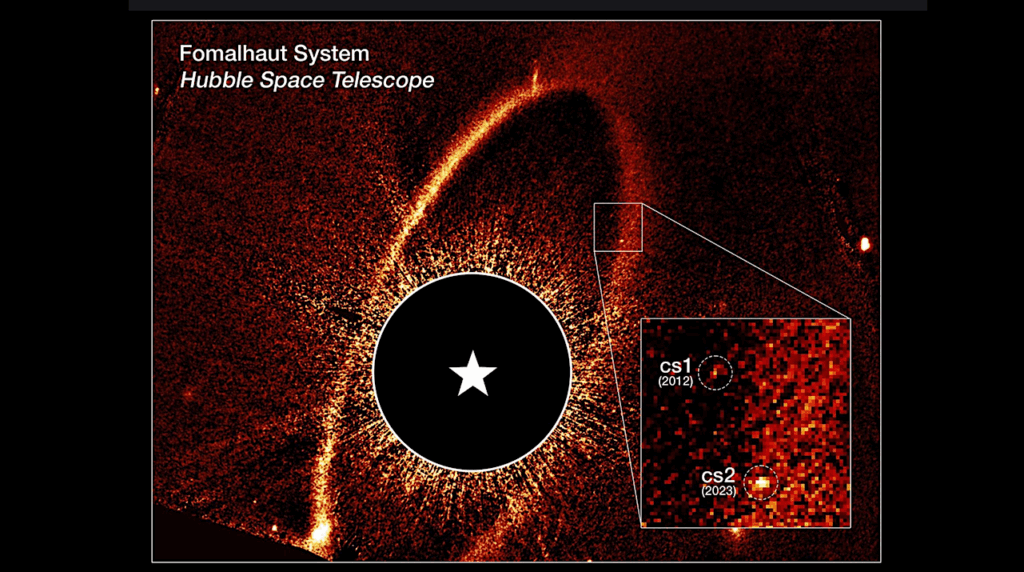On The Applicability of Ring-Moon Cycles to Exoplanets
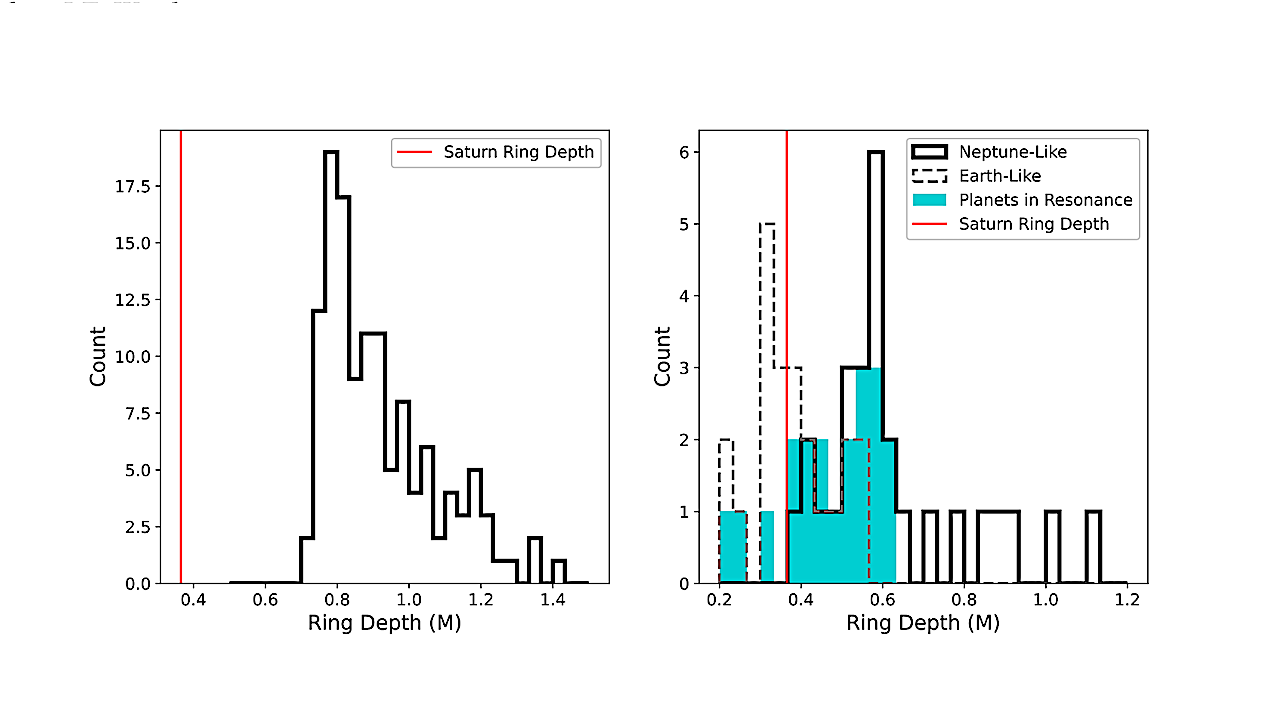
The presence of rings and moons around exoplanets is likely to be one of the next great discoveries in exoplanet research.
Using theories developed for the Solar System, we explore the possibility of coupled ring-moon cycles around exoplanets and what these processes mean for the observability of these features.
Around Neptune- and Earth-like planets, we find that ring-moon cycles are capable of producing long-lived rings of comparable and greater relative transit depths than Saturn’s. In multi-planet systems, secular spin-orbit resonances can provide the necessary planetary obliquity for these rings to contribute noticeably to transit lightcurves.
We model the geometry of a ring’s cross-section at various angles in comparison to the cross-section of a transiting planet to determine whether the ring may be detectable during the planet’s transit. Ringed planets have also been proposed as an alternative to inflated planetary radii seen in transit, leading to abnormally low observed densities.
Ring-moon cycles can produce late-forming and sometimes long-lived rings that can have the potential of explaining at least some of these observations. We also discuss some inconsistencies in the calculation of exoplanet oblateness due to rotation that we have come across in the course of this work.
Isabella E. Ward, Matija Ćuk
Comments: Accepted for MNRAS
Subjects: Earth and Planetary Astrophysics (astro-ph.EP)
Cite as: arXiv:2510.24644 [astro-ph.EP] (or arXiv:2510.24644v1 [astro-ph.EP] for this version)
https://doi.org/10.48550/arXiv.2510.24644
Focus to learn more
Submission history
From: Matija Cuk
[v1] Tue, 28 Oct 2025 17:14:02 UTC (71 KB)
https://arxiv.org/abs/2510.24644
Astrobiology,



